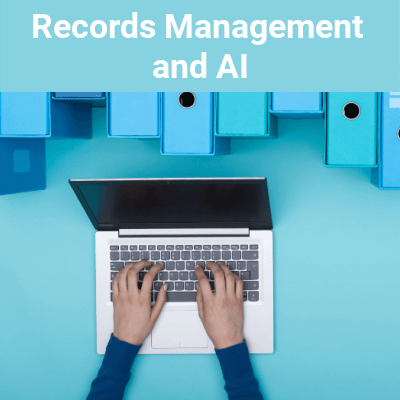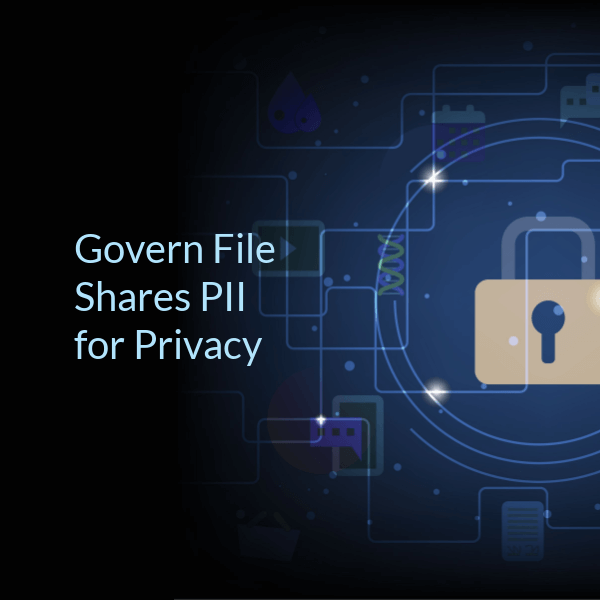About less than a year from now, federal agencies in the United States must have converted their analog and paper records to electronic records. A government-wide policy from the National Archives and Documents Administration (NARA) and the Office of Management and Budget (OMB), the M-19-21 Directive intends to aid the government in making the complete transition to electronic records to increase efficiency, accuracy, storage, and the general management of federal data.
M-19-21 Directive deadline faces several roadblocks
Even though the directive grants a 30-month term to work on the transition, numerous government agencies struggle to meet the demand:
- While the OMB's attempts to address the issue in the upcoming budget cycle, organizations are struggling to find funds for compliance solutions.
- Organizations should not only right-size their staff to meet project requirements, but they also need to train current employees on the new records management system.
- Among conflicting IT objectives, should federal agencies prioritize M-19-21 directive deadline and compliance with enhanced records management or cybersecurity? Or is it preferable to upgrade legacy systems?
- The COVID-19 pandemic has significantly impacted government agencies’ efforts to modernize digitally.
Moreover, considering the M-19-21 Directive deadline's overall ambiguity and the fact that goalposts are constantly moving, it is easy to understand how afflicted agencies may have fallen behind in establishing a compliance strategy. But with the December 31, 2019 deadline extended once to December 31, 2022, and no signs of a second extension, it is only a matter of time before NARA stops accepting new paper records.
Choosing a comprehensive records management solution
Implementing a government records management solution not only speeds up the digitization of historical information but also adds significant value to future operations, driving the digital transformation with increased efficiency, accuracy, and enhanced procedures. An enterprise-wide unified records management system can provide the following benefits:
- Documents are captured and accessed from anywhere.
- Procedures and document routing are automated to speed up reviews and/or judgments.
- Process automation helps substitute human contact, alleviating the time-consuming and error-prone operations of human data entry.
- Reduces the time it takes to offer a solution using low-code application development.
- Integrates with essential government systems to increase the value of and alleviate concerns about an agency's initial deployment investment.
And it is not just the agencies in the initial phase who can benefit from a unified data management system. For example, a department that has mostly finished its digital transformation and is reaping the advantages may run into problems halfway through when it realizes it has deployed many solutions for diverse activities. These duties might include records management, eDiscovery and compliance, file analysis, archiving, and even data privacy compliance. Even though many solutions may appear simple to implement at first due to the sluggish pace of government-approved software roll-out and budget approval, siloed systems can cause problems when attempting to communicate.
Therefore, the need for a best-in-class unified government records management solution that allows the agency to electronically manage task workflows, synchronize records with taskings, provide through reports, and search throughout the organization while ensuring data privacy. Most crucially, all documents are automatically declared records by such a system, which controls the whole record lifecycle from creation to disposition following necessary schedules, as per the NARA's M-19-21 requirement. In addition, the consolidated repository allows for quick replies to Freedom of Information Act inquiries.
Agencies may fulfill new compliance criteria in the short term while also being significantly more efficient overall by implementing a comprehensive state records management services plan. It is a win-win situation if you begin your implementation with the first and most critical stage in change management: picking the right solution.



